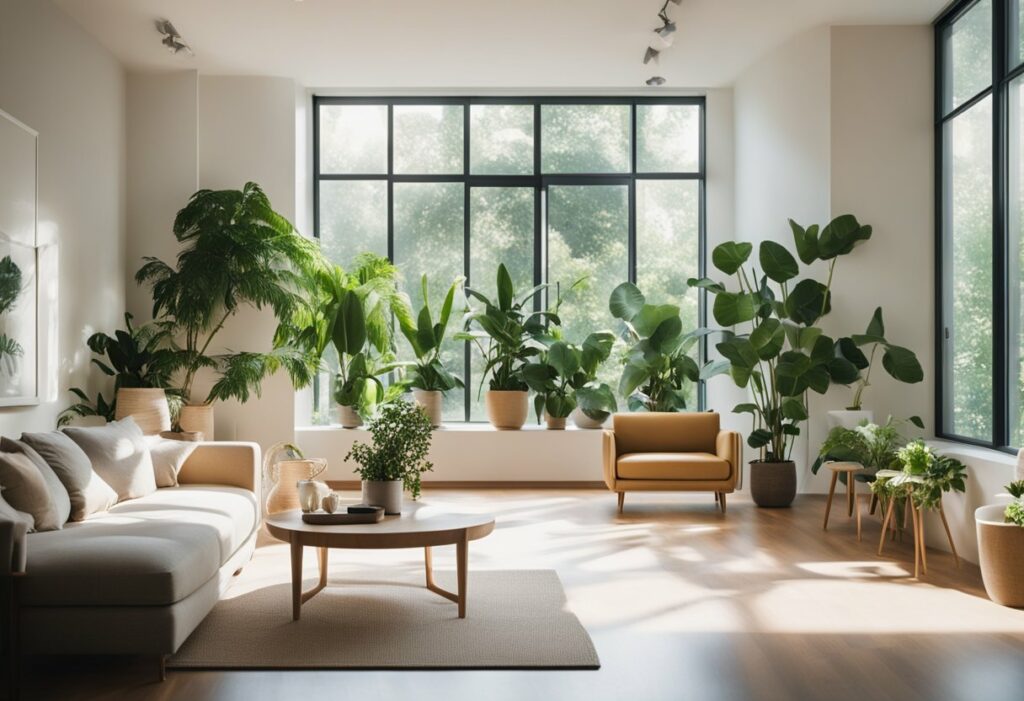Interior Design for Wellbeing: Creating a Healthy and Happy Home
Are you looking to create a comfortable and healthy home environment that promotes your well-being? Interior design can help you achieve this goal. By designing your living space with your mental and physical health in mind, you can create a sanctuary that supports your overall well-being.
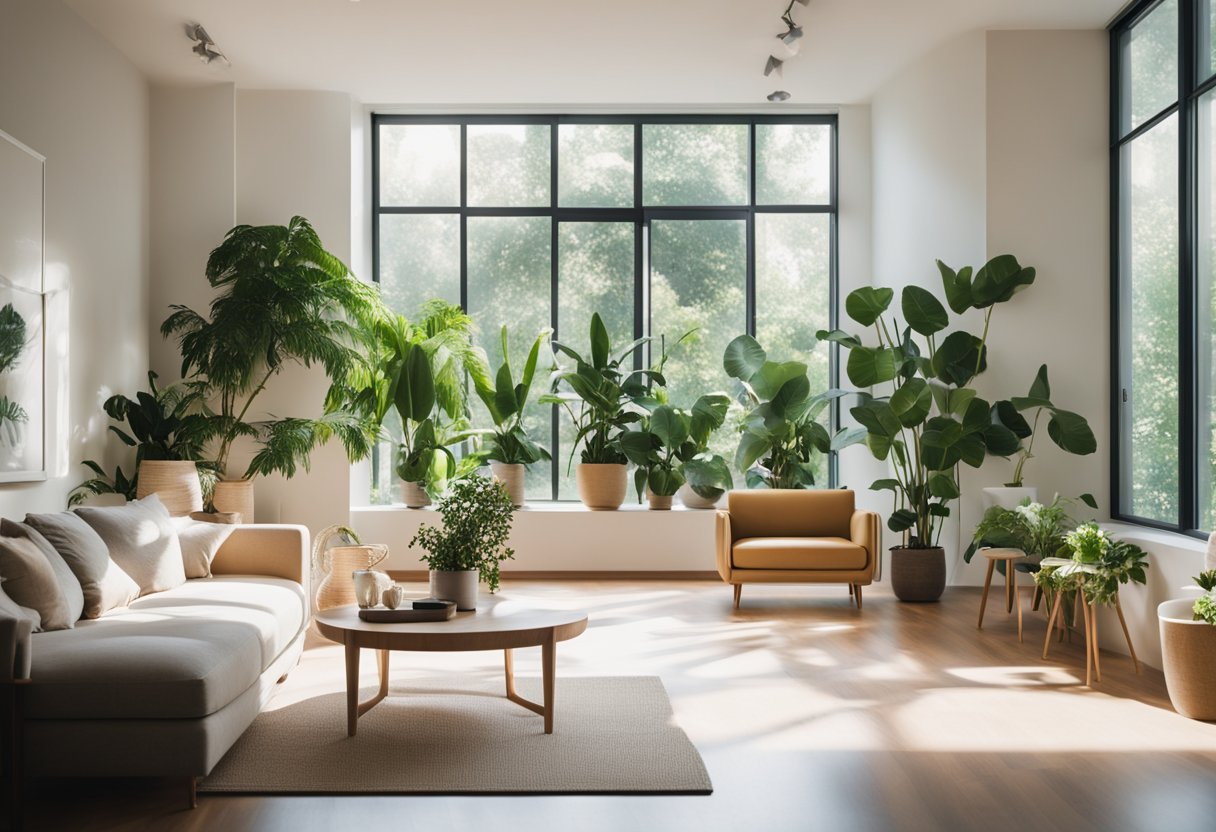
Designing for Well-Being When it comes to interior design for well-being, there are a few key principles to keep in mind. First, it’s important to create a space that promotes relaxation and reduces stress. This can be achieved through the use of calming colours, natural materials, and comfortable furnishings. Additionally, incorporating elements of nature, such as plants and natural light, can help to improve your mood and overall sense of well-being.
Case Studies and Practical Applications There are many case studies and practical applications that demonstrate the benefits of interior design for well-being. For example, a study by the University of Exeter found that employees who worked in offices with natural light and greenery reported a 15% increase in well-being and productivity. Similarly, a study by the University of Surrey found that people who spent time in rooms with natural materials, such as wood and stone, reported lower levels of stress than those who spent time in rooms with synthetic materials.
Key Takeaways
- Interior design can help create a comfortable and healthy home environment that promotes your well-being.
- Key principles of interior design for well-being include promoting relaxation, reducing stress, and incorporating elements of nature.
- Case studies and practical applications demonstrate the benefits of interior design for well-being, such as increased productivity and lower stress levels.
Designing for Well-Being
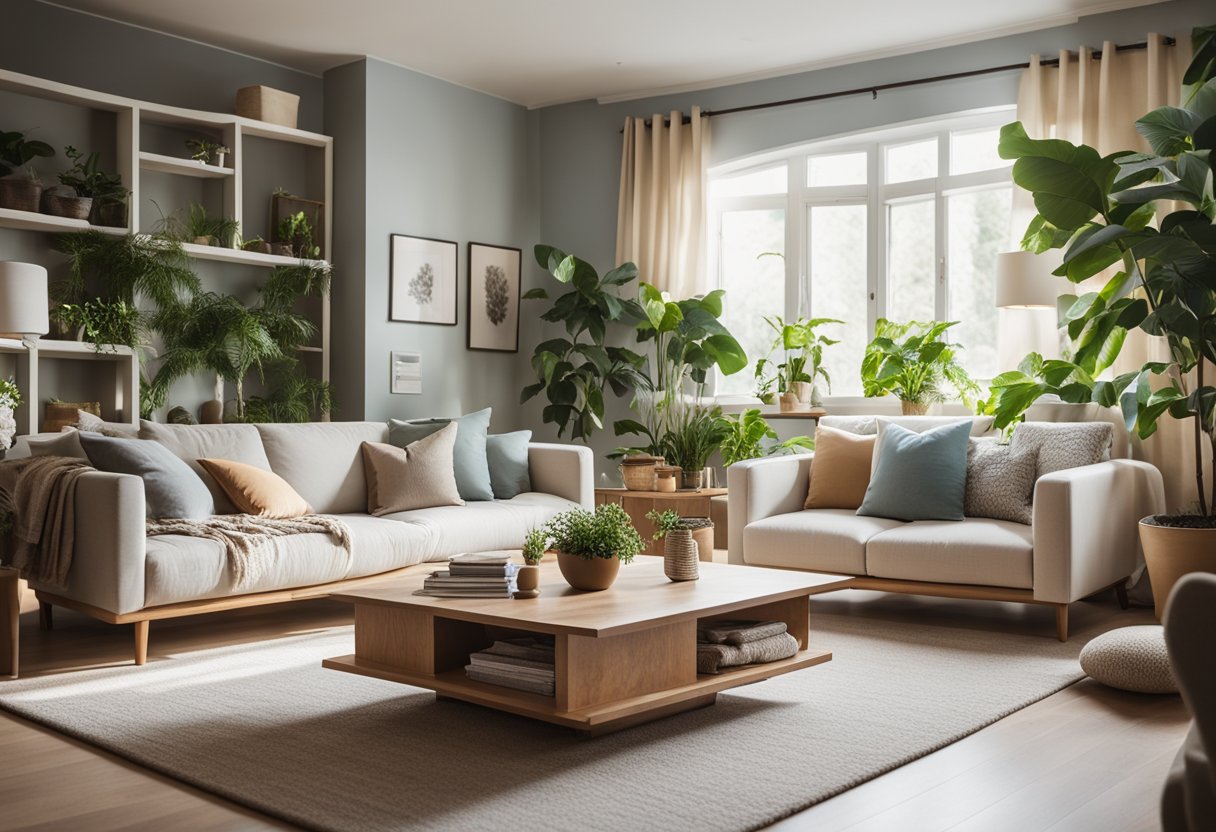
Creating a space that promotes well-being is essential for a healthy and happy lifestyle. Interior design plays a crucial role in shaping the atmosphere of a room and can influence your mood and mental well-being. Here are some design elements to consider when designing for well-being.
Understanding the Psychology of Spaces
Understanding the psychology of spaces is the first step in designing for well-being. The way a space is designed can affect your mood, behaviour, and productivity. By considering the psychology of spaces, you can create an environment that promotes relaxation, focus, and creativity.
Incorporating Nature into Interior Design
Biophilic design, which incorporates natural elements into interior design, has been shown to have a positive impact on mental health and well-being. By bringing nature indoors through plants, natural light, and connection to the outdoors, you can create a sense of calm and relaxation in your space.
Maximising Comfort and Functionality
Comfort and functionality are essential for a space that promotes well-being. Choosing comfortable furnishings, incorporating ergonomic design, and maximising storage space can help reduce clutter and create a sense of balance and harmony.
Lighting and Colour for Positive Moods
Lighting and colour can have a significant impact on your mood and mental well-being. Natural light, smart lighting systems, and the use of colour can create a positive and relaxing atmosphere in your space.
Air Quality and Acoustics
Indoor air quality and acoustics are critical factors in creating a healthy and comfortable environment. By using sustainable materials, improving ventilation, and reducing VOCs, you can improve air quality. Acoustics can also be improved by using sound-absorbing materials and reducing noise pollution.
Personalising Spaces for Happiness
Personalising your space to reflect your personality and personal taste can have a positive impact on your happiness and well-being. By incorporating elements that are aesthetically pleasing and create a sense of belonging, you can create a space that promotes happiness and well-being.
Smart Technology for Enhanced Living
Smart technology can enhance your living experience by providing security, control, and convenience. By incorporating smart lighting systems, temperature control, and security features, you can reduce stress and create a relaxing and clutter-free environment.
Design Elements for Stress Reduction
Stress reduction is essential for promoting well-being. By incorporating elements such as natural materials, greenery, and relaxation spaces, you can create a space that promotes stress reduction and relaxation.
Strategies for Wellness in Commercial Spaces
Commercial spaces such as offices and public spaces can also benefit from wellness design. By incorporating space planning, social interaction, and natural materials, you can create a healthy and productive environment for employees and customers.
Sustainable Materials and Practices
Sustainability is essential for promoting well-being and protecting the environment. By using sustainable materials and practices, you can create a space that promotes health and well-being while reducing your environmental impact.
Incorporating these design elements into your space can help create a healthy and happy environment that promotes well-being and mental health.
Case Studies and Practical Applications
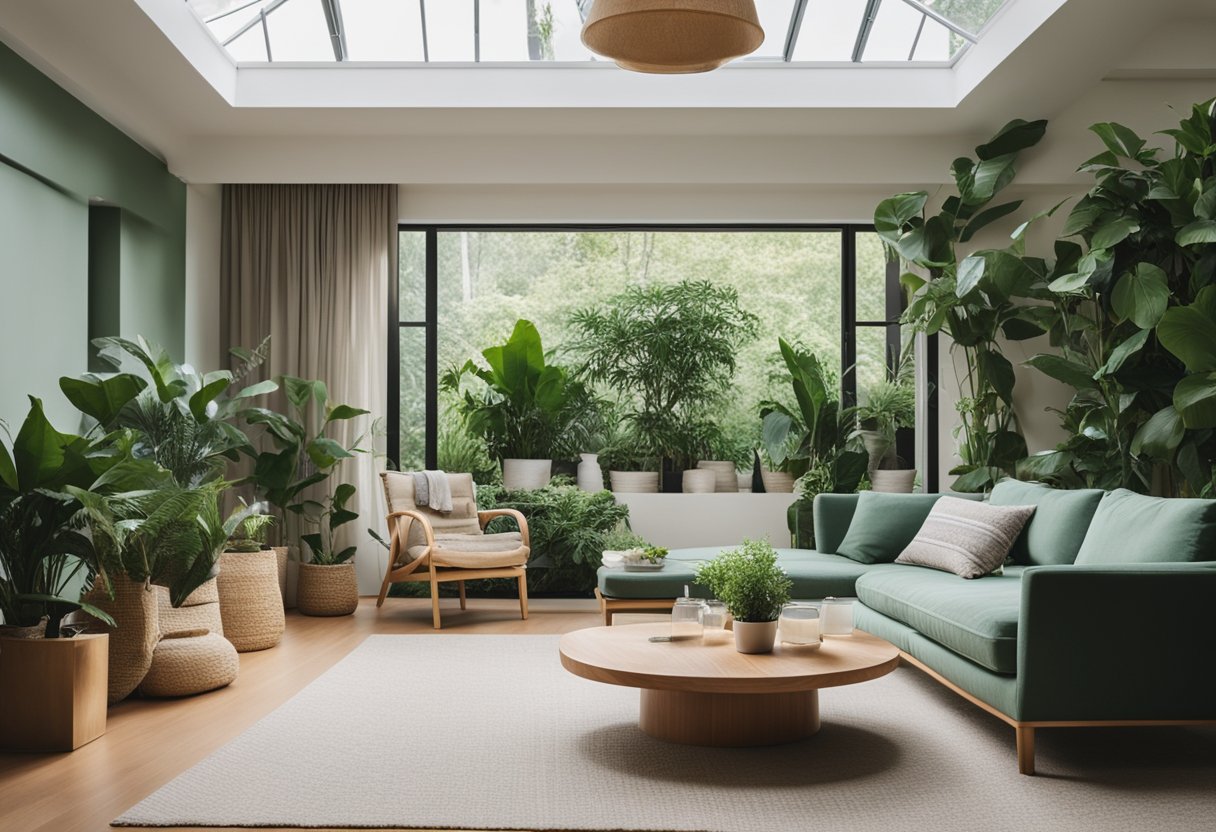
When it comes to interior design for wellbeing, there are many case studies and practical applications that can be examined to gain a better understanding of how different design solutions can impact health and wellbeing. Here are a few examples:
Residential Well-Being Projects
In residential settings, interior design can have a significant impact on mental health and wellbeing. By creating living spaces that are comfortable, calming, and stress-free, homeowners can improve their overall quality of life. For example, Sansa Interiors recently completed a project that involved designing a bedroom and living room for a client who was struggling with anxiety and high blood pressure. By using calming colours, natural materials, and ergonomic furniture, Sansa Interiors was able to create a space that was both aesthetically pleasing and physically beneficial for the client.
Commercial Well-Being Initiatives
In commercial spaces, interior design can have a significant impact on engagement, productivity, and overall wellbeing. For example, a recent study found that employees who worked in offices with natural light and greenery reported 15% higher levels of wellbeing and were 6% more productive than those who worked in offices without these elements. By incorporating natural light, greenery, and other design solutions that promote wellbeing, businesses can create a healthier and more productive work environment.
Innovative Well-Being Design by Sansa Interiors
Sansa Interiors is a design firm that specializes in creating innovative design solutions that promote health and wellbeing. Their approach is based on the belief that interior design can have a significant impact on physical and mental health, and they work closely with clients to create spaces that are tailored to their specific needs. Some of their design solutions include ergonomic furniture, natural materials, and lighting that promotes circadian rhythms.
Evaluating the Impact of Interior Design on Health
There is a growing body of research that suggests that interior design can have a significant impact on health and wellbeing. For example, a recent study found that exposure to natural light can reduce the risk of depression and other mental health issues. Similarly, another study found that exposure to greenery can reduce stress and improve cognitive function. By evaluating the impact of interior design on health, designers can create more effective design solutions that promote wellbeing in homes, offices, and other indoor environments.
Overall, interior design for wellbeing is an exciting and rapidly evolving field that has the potential to improve physical and mental health in homes, offices, and other indoor environments. By incorporating design solutions that promote health and wellbeing, designers can create living spaces that are not only aesthetically pleasing but also physically and mentally beneficial for their clients.
Frequently Asked Questions
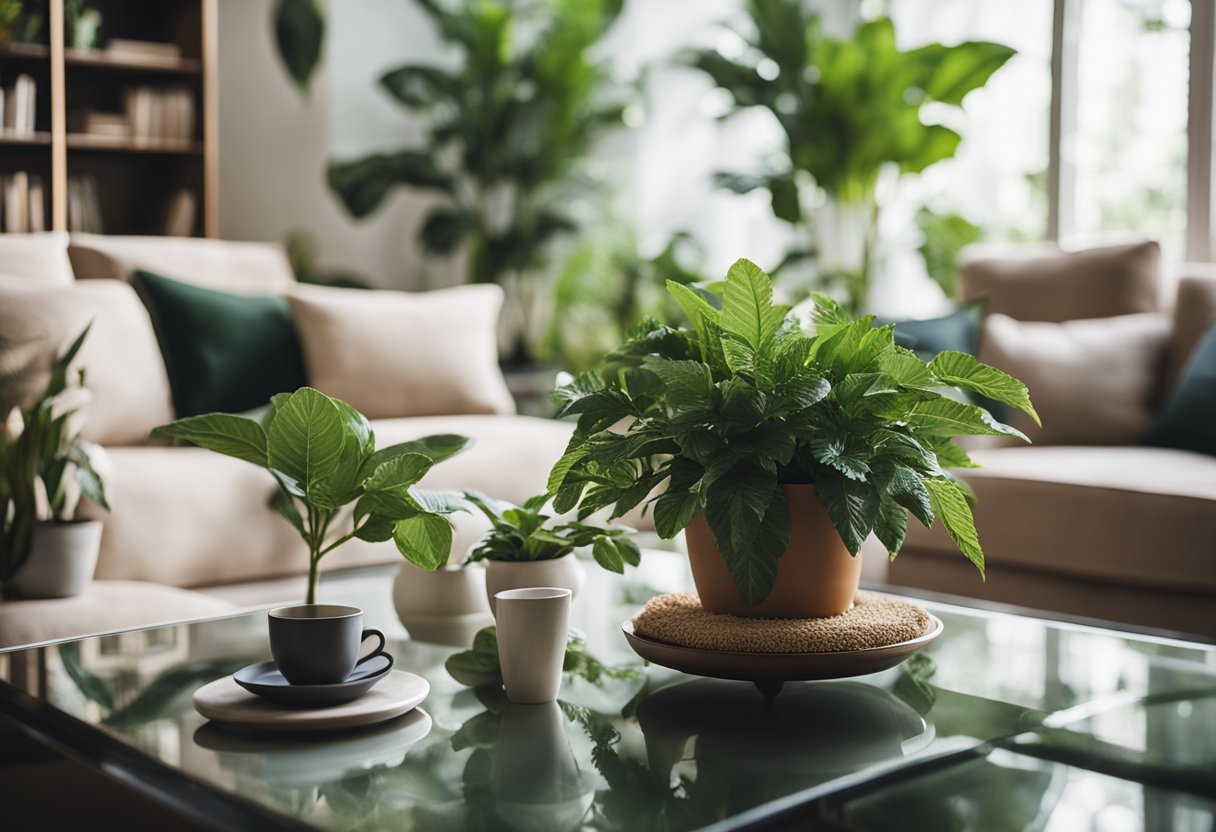
How can interior design enhance personal wellbeing and happiness?
Interior design can play a crucial role in enhancing your personal wellbeing and happiness. By creating a space that is aesthetically pleasing, comfortable, and functional, you can improve your mood and reduce stress levels. A well-designed space can also encourage healthy habits and promote relaxation, making it easier to unwind and recharge after a long day.
What are the psychological benefits of thoughtful interior design?
Thoughtful interior design can have a significant impact on your psychological wellbeing. It can help reduce anxiety, improve mood, and increase productivity. By incorporating elements such as natural light, plants, and calming colours, you can create a space that promotes a sense of calm and relaxation.
In what ways does interior design contribute to mental health improvement?
Interior design can contribute to mental health improvement in several ways. A well-designed space can reduce stress levels, improve mood, and promote relaxation. It can also encourage healthy habits, such as getting enough sleep, exercising regularly, and eating well. By creating a space that is comfortable, functional, and aesthetically pleasing, you can improve your overall quality of life.
How does the design of our living spaces impact our subconscious mind and overall wellness?
The design of our living spaces can have a significant impact on our subconscious mind and overall wellness. Our environment can influence our mood, behaviour, and even our physical health. By incorporating elements such as natural light, plants, and calming colours, you can create a space that promotes relaxation and reduces stress levels. A well-designed space can also encourage healthy habits, such as getting enough sleep, exercising regularly, and eating well.
What design elements are crucial for creating a wellbeing-focused interior?
Several design elements are crucial for creating a wellbeing-focused interior. These include natural light, plants, calming colours, comfortable furniture, and functional storage solutions. It’s also essential to create a space that is free from clutter and promotes relaxation.
Could you suggest how to incorporate wellness principles into home decor?
There are several ways to incorporate wellness principles into home decor. You can start by incorporating natural materials, such as wood, stone, and cotton. Adding plants and flowers can also help promote relaxation and reduce stress levels. It’s also essential to choose colours that promote a sense of calm and tranquillity, such as blues, greens, and neutrals. Finally, it’s crucial to create a space that is comfortable, functional, and free from clutter.

